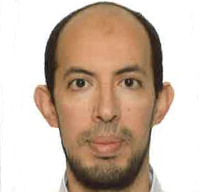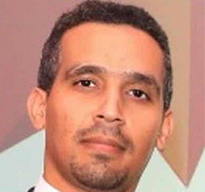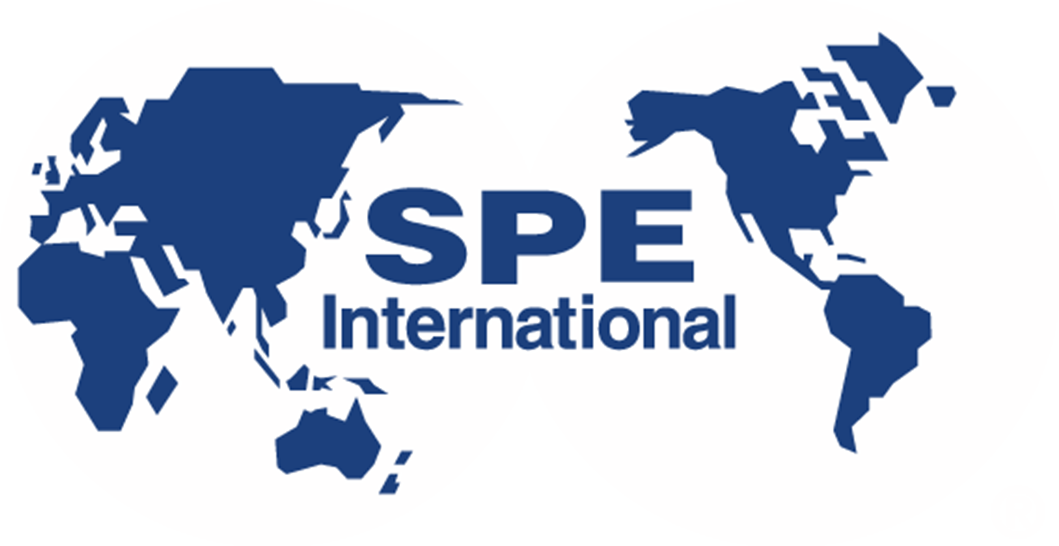Agenda
Tuesday, March 09
Speaker(s):

Ahmed Al Shmakhy
Senior Specialist, Reservoir Optimization Research & Development (Upstream)
ADNOC
The purpose of this session is to cover specific case studies on tracer application in oil and gas production. The case studies are not limited to successful projects but also include projects where improvements can be made or where new strategies emerge.
The focus is on case studies and presentations that offer broadly applicable learnings from either the planning, execution or interpretation phase of study or case studies that will spark discussions and new ideas from the workshop.
The presentations will also include any actions resulting in improvements on the current well, and on future planning or remedial actions that were taken based on the tracers data uniquely or in combination with other data sets.
Presentations:
Artem Galimzyanov, Senior Reservoir Engineer, Resman
- Reservoir development of an offshore field using permanent inflow tracers. Case study from Prirazlomnoye oilfield in Russian Arctic
David Koseluk, Engineering Technical Advisor, NCS Multistage
- New Horizontal Producer in Existing Waterflood: Mitigating Water Breakthrough
Daniel McIntyre, Senior Reservoir Engineer, Total
- In-well tracer sampling campaigns: A North Sea satellite well case study
Wednesday, March 10
Enhanced oil recovery applications can be successfully implemented with tracers to better define the entire EOR process including strategy planning, recovery mechanisms and different conformance treatments evaluation, field trials implementation and finally, full field deployment choices.
Tracers can detect oil to be targeted by EOR processes, define the injected fluid flowpaths, be associated with EOR chemicals to evaluate and optimise their application, have the potential for performing studies of EOR chemicals in laboratory experiments and assess the effectiveness of the job performed.
This session will focus on how tracers can be used to better the EOR implementation including case studies that will demonstrate how this information can improve enhanced oil recovery projects.
Presentations:
Alyssia Janczak, Expert Production Technologist, OMV
- Monitoring Polymer Flooding Performance Using Inflow Tracer Technology in Horizontal Injection and Production Wells.
Johan Kristian Sveen, Department Head, National IOR Centre of Norway
- IORsim – a simulation tool for improving IOR processes by adding geochemistry with fast tracer tracking to industrial reservoir simulators
Though non-radioactive tracers have been in use since the 1940s, the limits of understanding for these oilfield additives have yet to be reached. Within the industry, new options become available every year to expand the detection limits of tracers, increase tracer longevity in the reservoir, and explore the fundamental underpinnings of oilfield tracers in novel and exciting new ways. This session focuses on introducing and enabling new technologies in the arena of oilfield tracers, with a focus on enhanced tracer performance, improving the environmental interactions of commercial tracers, and variations on tracers that approach operator needs in a unique manner. Other possible topics include new tracer deployment tools, the use of data analytics in conjunction with tracers, and new concepts. Speakers will discuss the underlying science of their technologies, limitations, and lessons learned from early field applications to better inform attendees of commercial offerings that do not have an extensive market understanding or awareness. Presentation of new technologies and technology improvements will not be limited to any particular application and can span applications as varied as hydraulic fracture tracing, EOR, waterflooding, interwell/inflow applications, and reservoir characterisation.
Presentations:
David M. Brown, Programme Manager, Tracerco
- Microencapsulation of Tracers
Kirill Ovchinnikov, Director International Business Development at Rimera, Ex-Chief Technology Officer at Geosplit
- Comparing Results of Different Tracer Technologies Application in One Well
Arun Kumar Panneer Selvam, PhD Student, Institute for Energy Technology (IFE)
- Multi-responsive Nanocarriers – A Contemporary Approach for Single Well Chemical Tracer Tests
Thursday, March 11
Speaker(s):

Abdulaziz S. Al-Qasim
EXPEC Advanced Research Center
Saudi Aramco
Tracer technology offers a powerful means for conducting production and reservoir surveillance, which is both operationally simple to deploy and cost effective. Tracers can either be injected into water or gas injection wells to provide an understanding of the preferential flow paths between injectors and production wells. Pumpable tracers can assist in quantifying the remaining oil outside the near-well region and inter-well region to assess field-scale EOR potential. Unique tracers can be integrated into completion equipment across multiple zones, to permanently characterise inflow performance along production wells. Hydraulic fracturing can be assessed using tracer-tagged stages in order to monitor fluid flowback and fracture extension. The aforementioned tracer technologies are all agnostic to the type of reservoirs (conventional or unconventional), onshore or offshore. This session will share the value of tracer measurements in the context of applied reservoir management information over the lifecycle of a field development. Field proven case studies utilising tracer information will be presented in this session.
Presentations:
Monalisa Chatterjee, Consultant in Reservoir Engineering, Tracerco
- Use of Inter Well Gas Tracer Technology to Improve Reservoir Understanding
Artem Galimzyanov, Senior Reservoir Engineer, RESMAN
- Permanent Inflow Tracer Monitoring in an Exploration Gas Condensate Well, Offshore Caspian Sea
Dmitrii Smirnov, Senior Petrophysicist, Petroleum Development Oman
- Tracers utilization and data acquisition for production profile monitoring and fracture height evaluation after hydraulic fracking in tight silicilyte reservoir
Efficient reservoir surveillance is key in taking important reservoir management decisions. Monitoring movement of fluids within the reservoir and understanding the flow behavior allows for better understanding water and gas breakthrough phenomenon.
Tracers are not only instrumental in detecting the fluid type being conveyed into the wellbore and enhancing our understanding of the different flow patterns, but also give us the precious information regarding the presence of barriers to flow and deepen our knowledge of inter well communication.
Intrawell tracer application can also detail the reservoir production along the wellbore which helps in planning the full field strategy and gives immediate valuable information for production optimisation purposes. This highlights the short term and long term benefits of tracers in reservoir management.
This session will focus on how tracers can be used to improve reservoir characterisation and will include case studies that demonstrate how tracer information translates into better managed reservoirs.
Presentations:
Monalisa Chatterjee, Consultant in Reservoir Engineering, Tracerco
- First Application of Controlled Release Smart Tracer Technology for Inflow Monitoring in Offshore Abu Dhabi – Towards Cost Optimization and De-Risking Operation
Cooper Gill, Vice President Strategic Partnerships, Biota Technology, Inc.
- Advances in DNA Sequencing for Reservoir Surveillance
Nadir Husein, General Manager–Middle East and North Africa Region, Geosplit
- Using Gas Markers (Tracers) For Production Logging in Horizontal Wells in China
